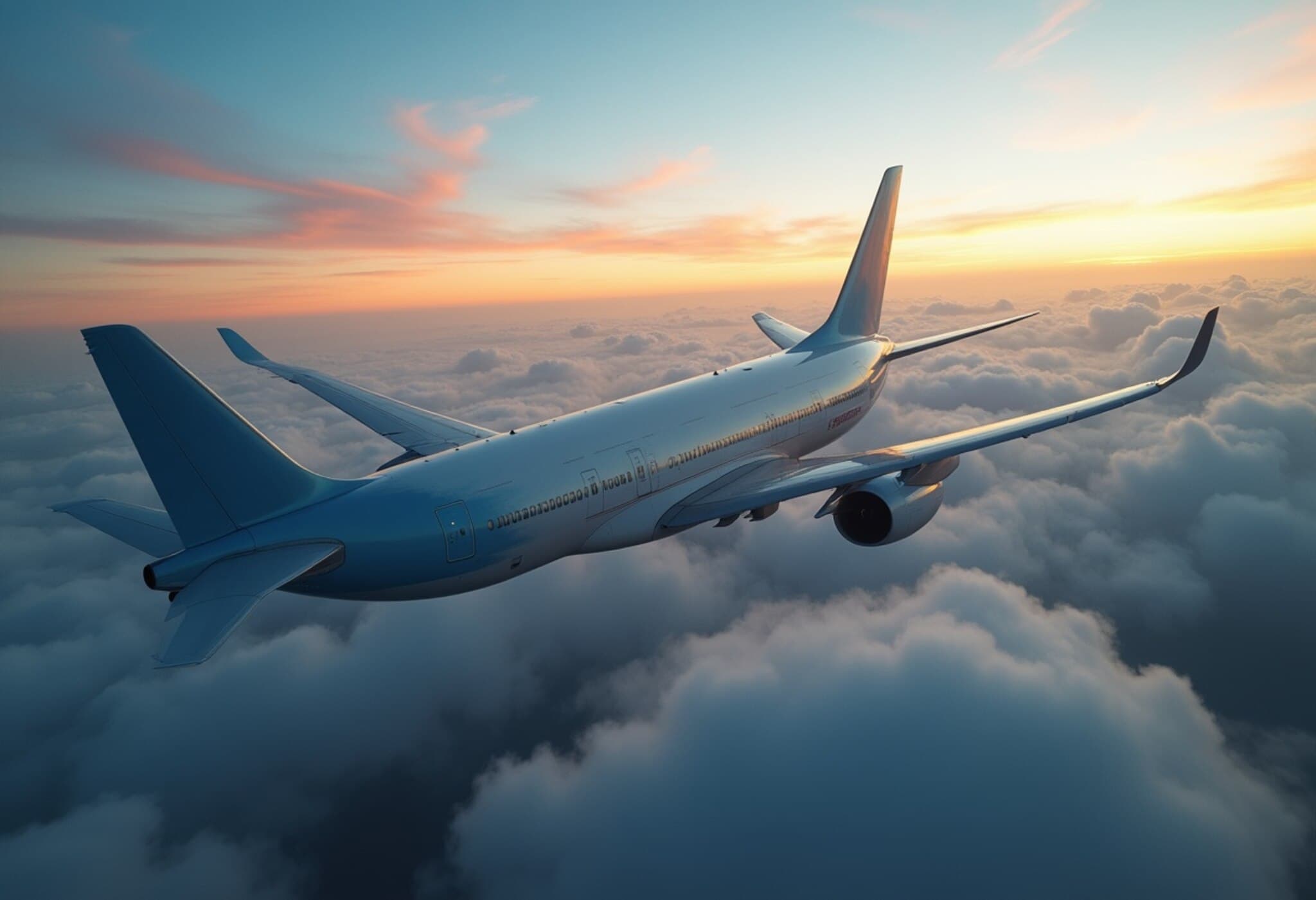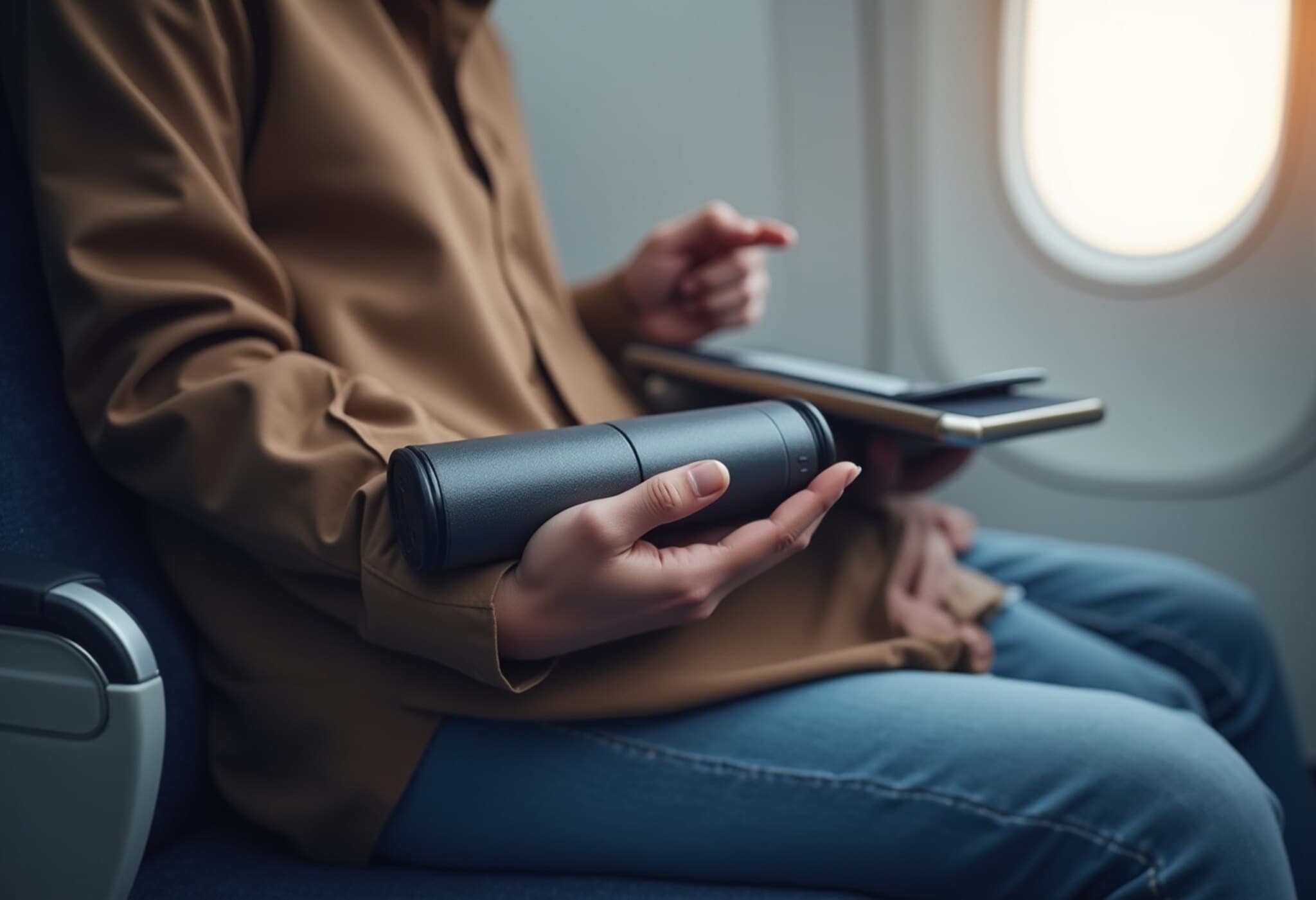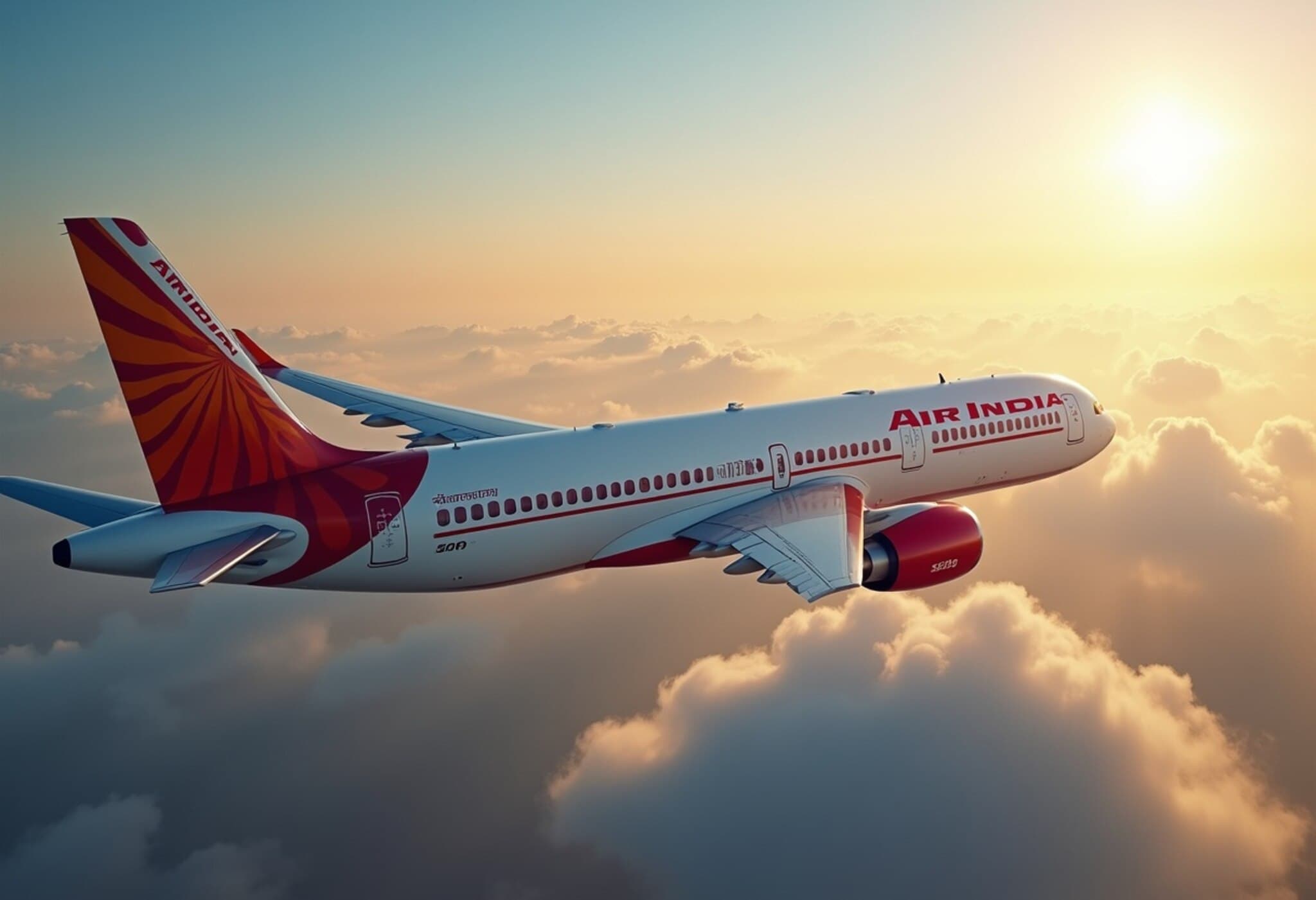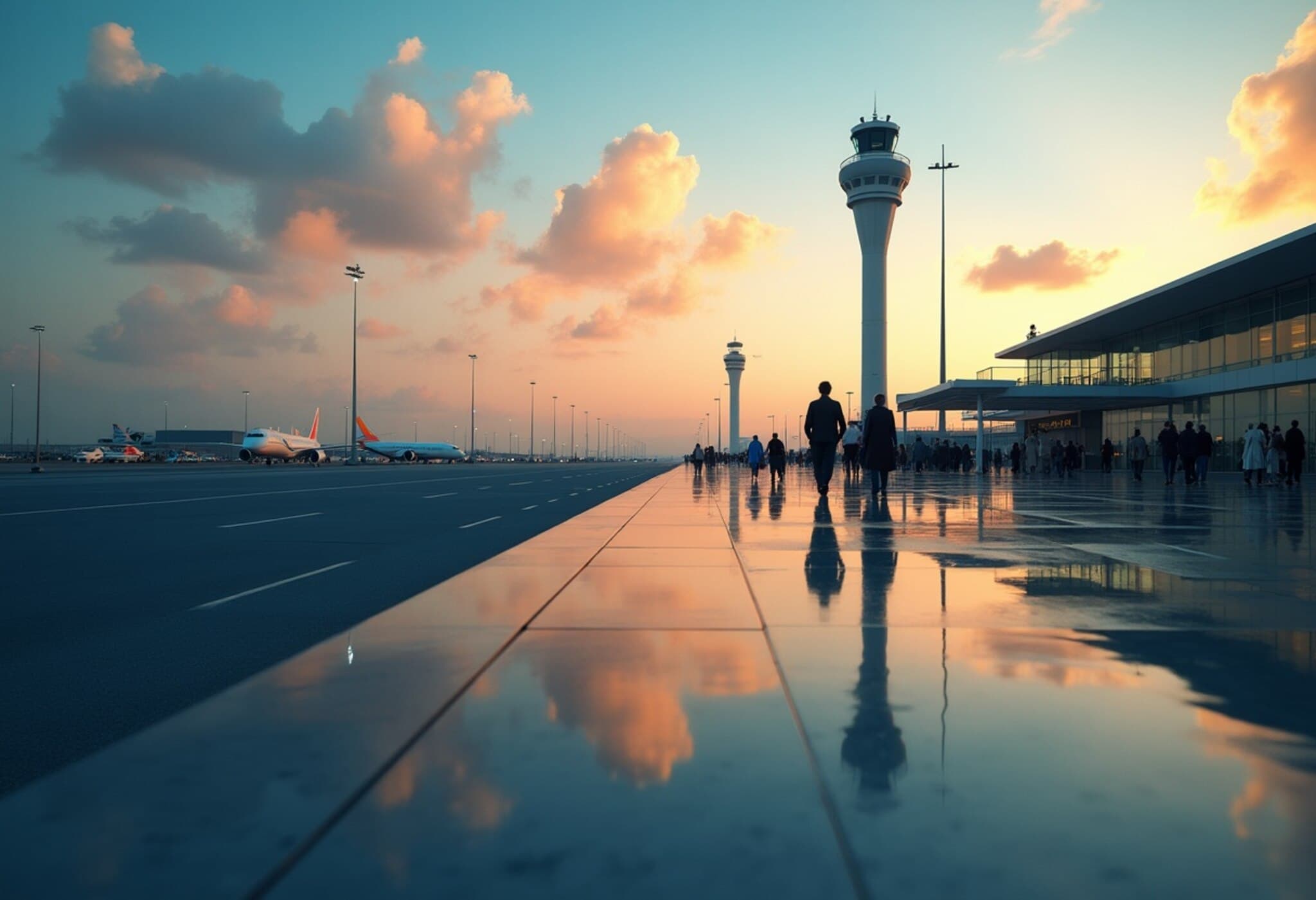Understanding the World's Most Turbulent Flight Paths
Last week, a Delta flight traveling from Salt Lake City to Amsterdam experienced an alarming turbulence incident so severe that passengers described the violent shaking as akin to an earthquake. As reported by CNN, 25 passengers required hospital treatment when the aircraft was jolted mid-flight, with service carts and passengers being thrown upward against the cabin ceiling. This unsettling episode is the latest in a rising trend of turbulence-related events raising safety concerns in aviation circles.
How Turbulence Develops: Nature’s Invisible Obstacles
Turbulence is essentially unpredictable air movement caused when stable airflow meets obstacles or sudden changes in atmospheric conditions. Experts often liken these air disruptions to a river’s smooth flow hitting a boulder, where ripples and surges emerge downstream. Mountains, jet streams, thunderstorms, and abrupt wind shifts are among the common culprits that can shake even the sturdiest aircraft.
The Bumpiest Routes Revealed
Data compiled by Turbli, a turbulence forecasting service utilizing information from the US National Oceanic and Atmospheric Administration (NOAA) and the UK Met Office, sheds light on the world’s most jittery flight corridors. Analyzing more than 10,000 flight paths, Turbli pinpointed the short 120-mile journey between Mendoza, Argentina, and Santiago, Chile, which crosses the imposing Andes mountain range, as the most turbulent in the world. According to Ignacio Gallego Marcos, Turbli’s founder, the Andes act as a catalyst for powerful atmospheric waves that can propagate for hundreds of miles, tossing planes with unforgiving turbulence.
- North America: Flights over the Rocky Mountains, notably from Denver and Salt Lake City, routinely deal with rough conditions.
- Europe: Routes traversing the Alps—spanning France, Italy, and Switzerland—are notorious for air instability.
- Asia: Japan’s 320-mile Natori to Tokoname route experiences frequent disruption due to a strong jet stream resulting from the clash of Siberian cold air and warm Pacific currents.
Clear-Air Turbulence: The Invisible Danger
One of the most hazardous types of turbulence, known as clear-air turbulence, occurs without any visible warning signs such as clouds or storms. This phenomenon often materializes near jet streams where sudden shifts in wind speed or direction jar the aircraft unexpectedly. Such unpredictable turbulence is particularly common in regions like the North Atlantic Corridor—the busy aviation highway where the warm Gulf Stream meets cold Canadian air masses.
Scientists, including UK Met Office meteorologist Piers Buchanan, emphasize that climate patterns contribute heavily to these phenomena. Notably, a study highlighted by CNN reveals that severe clear-air turbulence over the North Atlantic increased by 55% from 1979 to 2020, with a 41% rise over the continental United States. Projections suggest that by century’s end, incidences could double or even triple worldwide—raising pressing questions about flight safety standards and the urgency for enhanced monitoring technologies.
Climate Change and the Future of Aviation Turbulence
Emerging research links the rising frequency and intensity of turbulence to climate change. The increase in atmospheric moisture and warming temperatures amplify storm activity and jet stream variability, both crucial drivers of turbulent conditions. Thunderstorm-related turbulence, especially prevalent near the equator, poses particular challenges as sudden gusts and air pockets can threaten flight stability despite pilot vigilance and radar guidance.
Aviation experts caution that unpredictable weather events, similar to those experienced on the London–Singapore flight passing over Myanmar last year, underscore the growing complexity of navigating global airspace amidst evolving climate realities.
Why This Matters for Passengers and the Industry
- Safety Precautions: Although fatalities from turbulence are rare, data from the US National Transportation Safety Board indicates over 200 serious turbulence-related injuries between 2009 and 2024, mostly involving unsecured passengers or crew.
- Operational Concerns: Airlines and regulators must invest in more sophisticated real-time turbulence detection and pilot training to mitigate risks.
- Travel Experience: Passengers should stay buckled when seated and follow crew instructions diligently, especially on routes known for turbulent conditions.
Editor’s Note: Navigating the Future Turbulent Skies
As climate change reshapes the atmosphere, the aviation industry stands at a crossroads where safety protocols must evolve alongside emerging scientific insights. The increasing turbulence not only challenges pilots and passengers but also signals broader environmental shifts demanding global attention. Will advancements in prediction technology and adaptive flight strategies keep pace with these natural disruptions? For travelers and aviation professionals alike, the stakes have never been higher in navigating the skies safely and smoothly.














